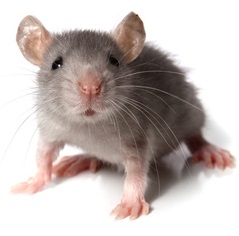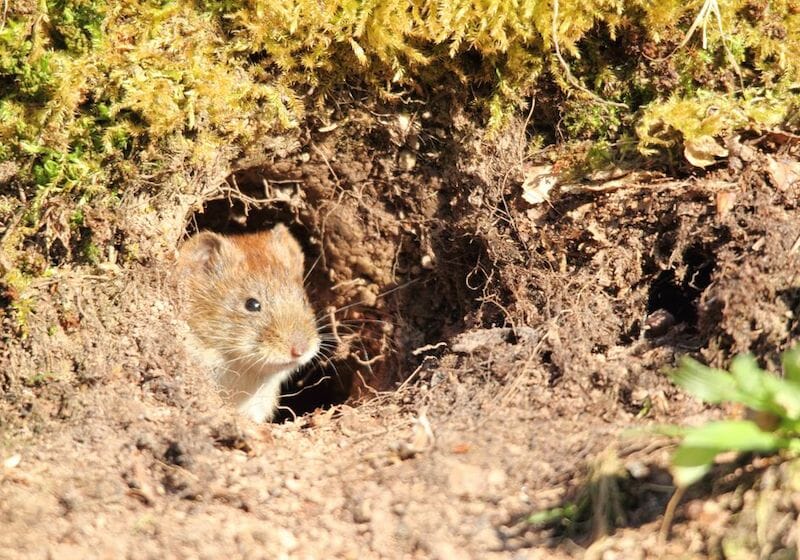Handling Vole Damage: Effective Control Strategies
Handling Vole Damage: Effective Control Strategies
Blog Article
Mastering Vole Insect Control: Extensive Insights on Invasion Prevention and Treatment Techniques
By identifying the subtle signs of vole invasion early on, we can take aggressive actions to protect against prevalent damages. In this discussion, we will explore the subtleties of vole actions, dig right into the recognition of invasion signs, and discover the most reliable avoidance and treatment techniques.
Comprehending Vole Actions
Examining the foraging patterns of voles provides beneficial insights right into their behavior and environment choices. Voles, little rats looking like mice, are herbivores understood for their underground tunneling activities. By observing their foraging behavior, researchers can get a far better understanding of where voles like to establish their habitats and the degree of their ecological impact. Voles are prolific dog breeders, with a single female efficient in creating several litters in a year, making it important to understand their actions for reliable bug control techniques.
Study shows that voles show selective feeding routines, favoring origins, seeds, and bulbs. This nutritional preference affects their foraging patterns, leading them to locations abundant in greenery and ground cover. In addition, voles are understood to create intricate tunnel systems for foraging and nesting objectives, indicating a high level of adaptability to their environments.
Understanding vole actions is essential for applying targeted insect control steps that disrupt their habitat choices and foraging activities (vole yard damage). By studying their actions, specialists can establish extra effective prevention and treatment techniques to manage vole invasions

Identifying Indicators of Vole Problem
Vole problems can be discovered by identifying certain indicators of their visibility in a location. One of the most typical indications of a vole infestation is the existence of surface paths.
Another crucial indicator of vole invasion is the existence of little burrow openings in the ground. Additionally, voles are understood to leave behind chewed plant stems, origins, and light bulbs near their burrow openings, suggesting their feeding task in the location.
In addition, vole droppings can also indicate their existence. Vole droppings are tiny, brown, and cylindrical fit, looking like grains of rice. Finding these droppings along runways or near burrow openings can verify a vole problem. By being watchful for these indications, homeowner can quickly attend to vole problems and protect against further damage.
Executing Aggressive Prevention Measures

Additionally, utilizing natural vole deterrents like castor oil-based repellents or predator urine can act as efficient safety nets. It is also recommended to frequently check exterior rooms for any kind of indications of vole activity, such as runways or burrow openings, to attend to possible problems without delay. vole control. By adopting these positive avoidance strategies, homeowner can dramatically minimize the chance of vole damages and maintain the wellness and aesthetic appeals of their landscapes
Efficient Therapy Approaches
Including targeted trapping techniques and utilizing authorized rodenticides are necessary components of effective treatment techniques for taking care of vole infestations. Regular surveillance and upkeep are also key facets of click here for more effective treatment methods to guarantee that vole populations are maintained under control. By combining trapping, rodenticides, habitat modification, and constant surveillance, reliable vole bug control can be attained.
Monitoring and Maintenance Tips
Maintaining a methodical routine for surveillance and conducting regular upkeep tasks is critical to sustain the performance of vole bug control measures. Regular monitoring enables index the very early discovery of vole task, enabling timely intervention prior to invasions intensify. To efficiently keep track of vole populations, purposefully placed traps can be used in vole paths or near burrow entrances. By regularly checking these traps, homeowner can assess the extent of vole task and adjust control methods as necessary.
In addition, keeping a well-kept and tidy landscape is essential in vole prevention. Cleaning away particles, such as stacks of timber or thick plants, eliminates prospective vole habitats. Frequently mowing lawns and trimming vegetation aids minimize vole hiding spots and minimizes their access to food sources.
In addition, ongoing upkeep of physical barriers, such as fences or wire mesh, is essential to stop vole invasion. Checking and fixing any type of damages to these structures makes certain that vole control continues to be efficient in protecting homes from problems. By incorporating these surveillance and upkeep techniques right into an extensive vole parasite control plan, individuals can efficiently manage vole populaces and secure their residential or commercial properties from damages.
Conclusion
To conclude, understanding vole bug control requires a strong understanding of vole behavior, the capability to determine indicators of infestation, executing positive prevention measures, efficient treatment methods, and regular surveillance and upkeep. By taking a detailed strategy to vole control, individuals can effectively take care of and prevent infestations, eventually securing their residential or commercial property and surrounding atmosphere from damages created by these small rats.
In this conversation, we will certainly explore the nuances of vole habits, dig into the identification of problem indications, and discover the most reliable prevention and therapy approaches.Incorporating targeted capturing methods and making use of authorized rodenticides are crucial components of efficient therapy approaches for handling vole invasions. To efficiently monitor vole populations, tactically placed traps can be utilized in vole runways or near burrow entrances. Examining and fixing any damages to these structures ensures that vole control continues to be efficient in protecting properties from invasions. By integrating these monitoring and maintenance practices into a detailed vole insect control strategy, people can effectively take care of vole populations and safeguard their buildings from damages.
Report this page